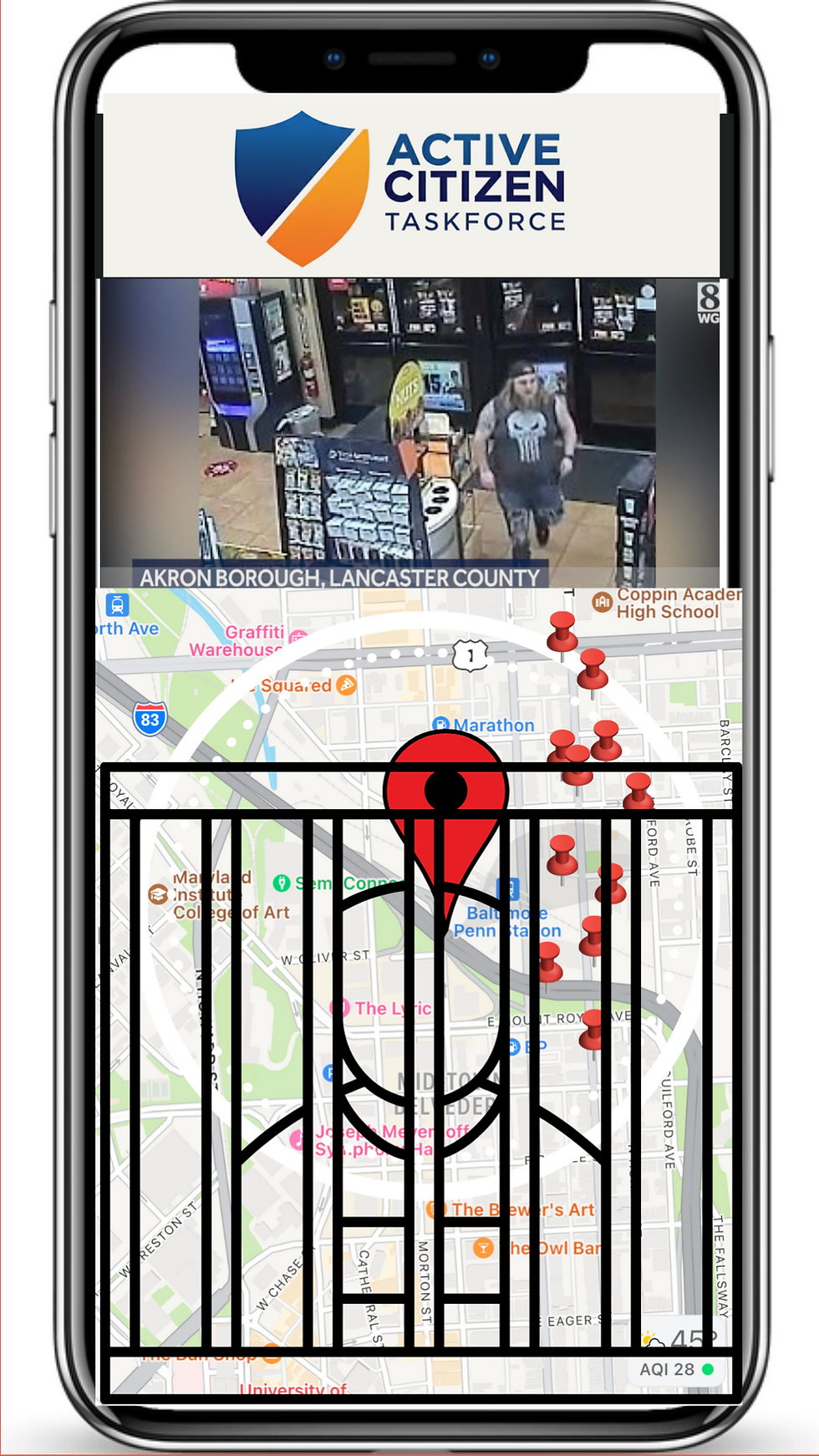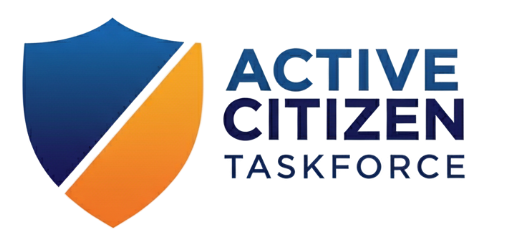How it works
The crowd-sourcing, location-based, anybody-can-do-good app
1
Join your community by downloading the app
2
Follow the bad guys, the missing children, and stolen property
3
Do good and get rewards
Why it works
Data shows a public willingness to assist law enforcement, often through community-based initiatives and tip lines. Here are some statistics that highlight this desire to help:
-
Tip Line Effectiveness: A Florida-based Crime Stoppers organization received over 59,000 citizen tips in one year, leading to more than 2,700 arrests. The organization paid out nearly a million dollars in rewards for anonymous tips that led to arrests.
-
Willingness to Report: While many crimes are not reported to law enforcement, especially property crimes, a substantial portion of the public does report crimes. For instance, the FBI's Uniform Crime Reporting (UCR) Program relies on data voluntarily submitted by over 18,000 law enforcement agencies, which is in turn based on reports from the public.
-
Community Policing: Research on community policing initiatives suggests that when police work collaboratively with the public, it increases citizen satisfaction and encourages people to share information about offenses and offenders. This collaboration is a key component of building a "sense of community that takes care of its own problems."
-
Problem-Oriented Policing (POP): Studies have shown that when police and communities work together to identify and solve underlying causes of crime, it can lead to significant crime reductions. This approach relies on public engagement to be effective.
-
Citizen Satisfaction and Cooperation: Research indicates a strong link between public satisfaction with police and a willingness to cooperate. When citizens perceive law enforcement as fair, responsive, and engaged, they are more likely to trust the police and provide useful information.




